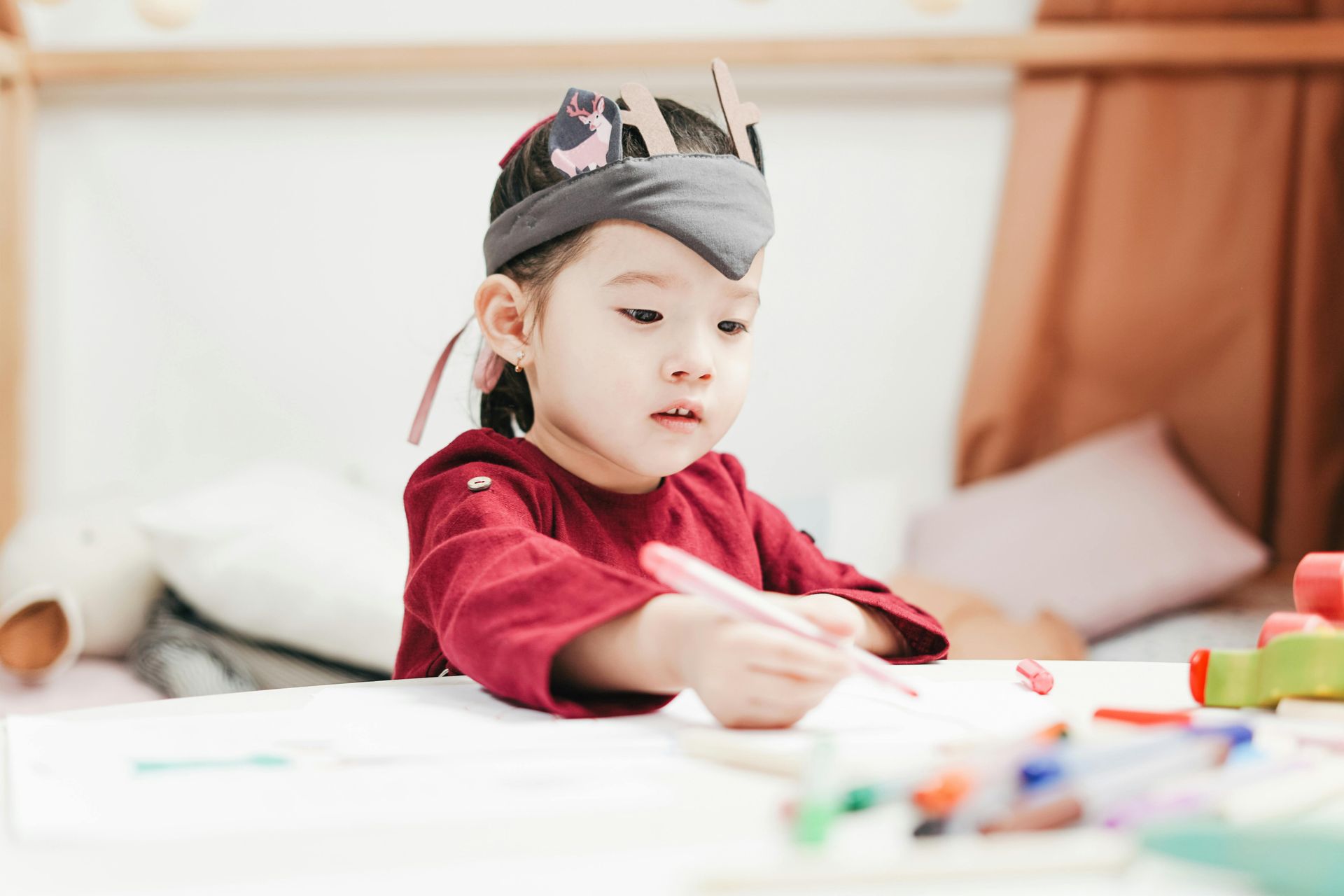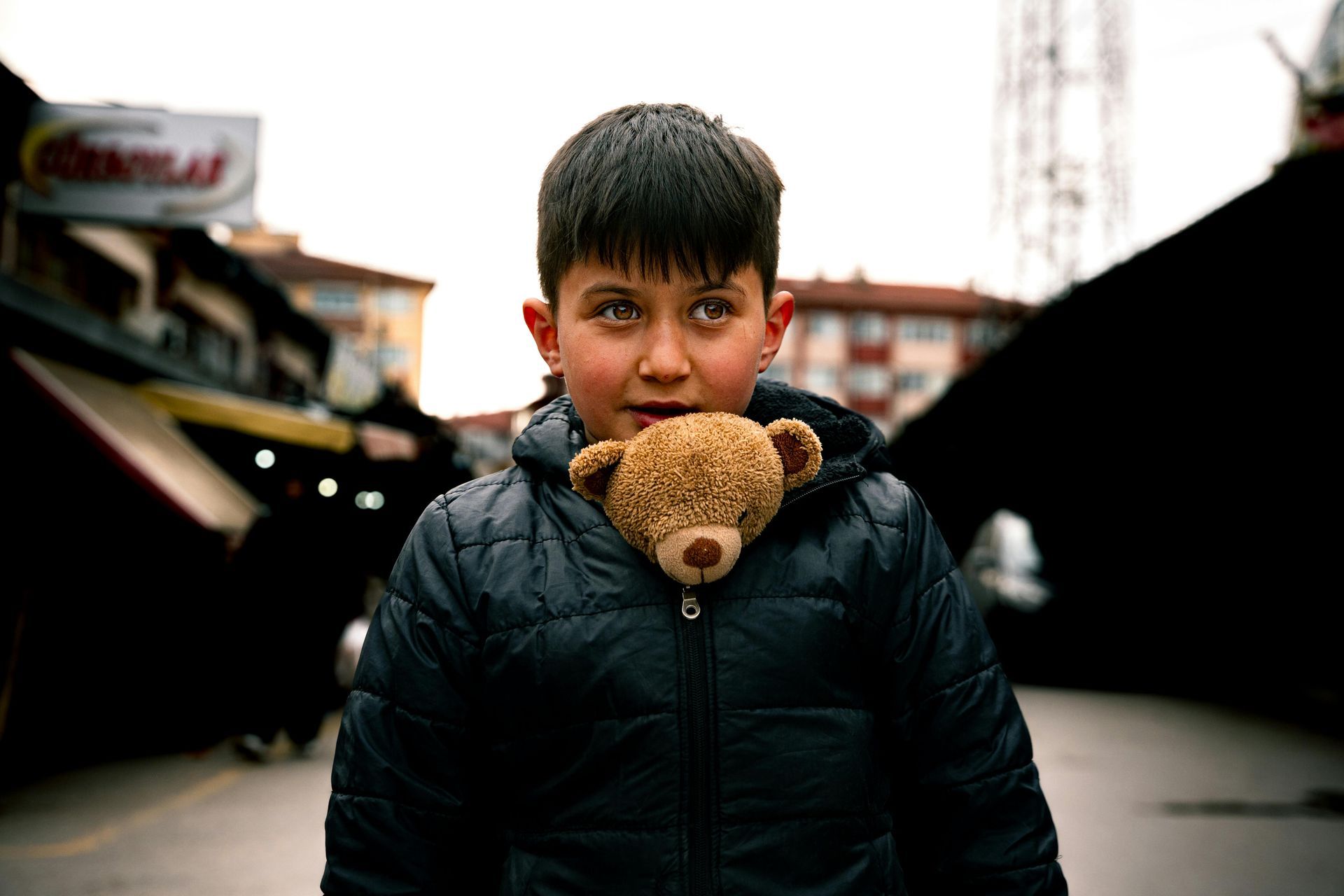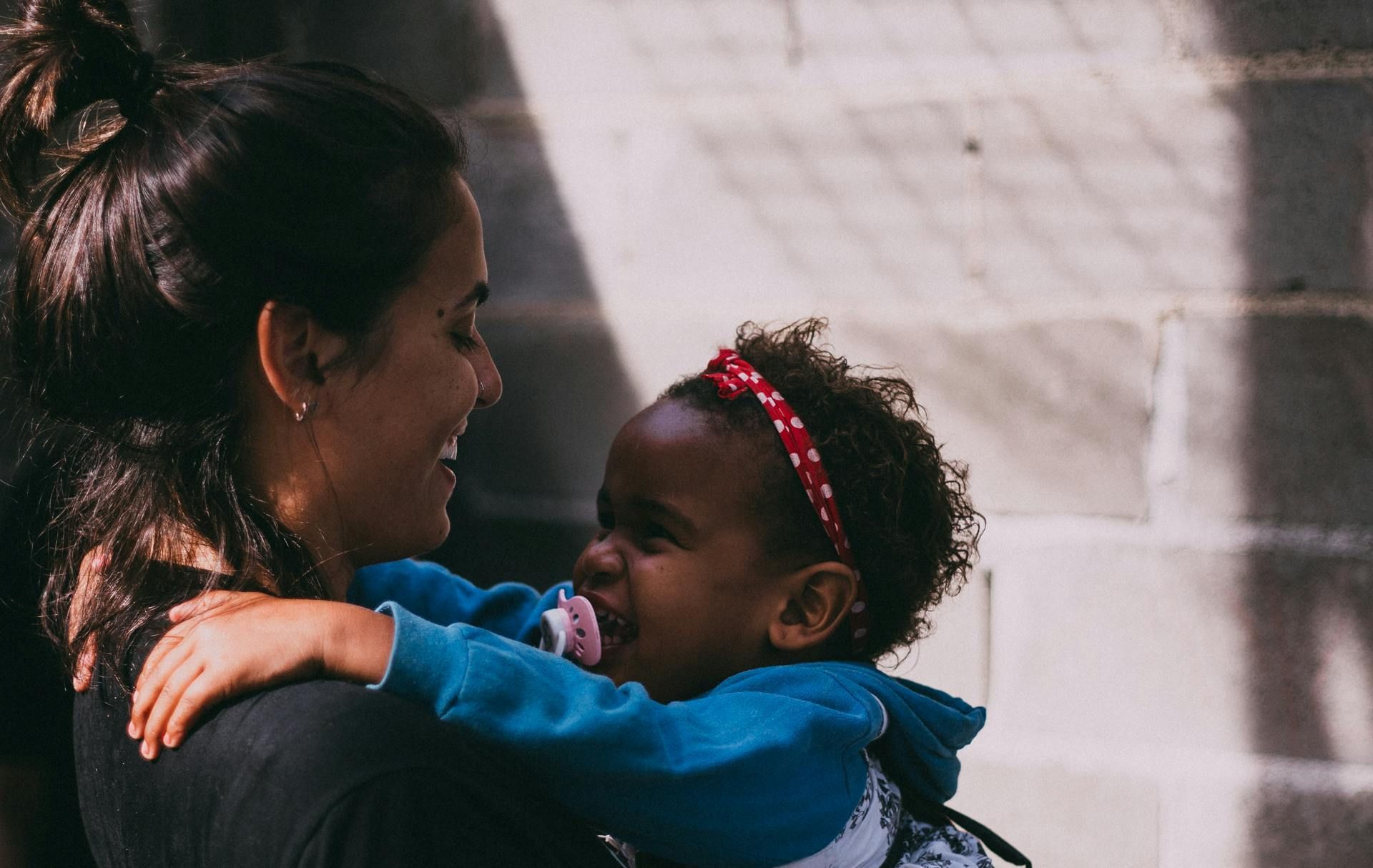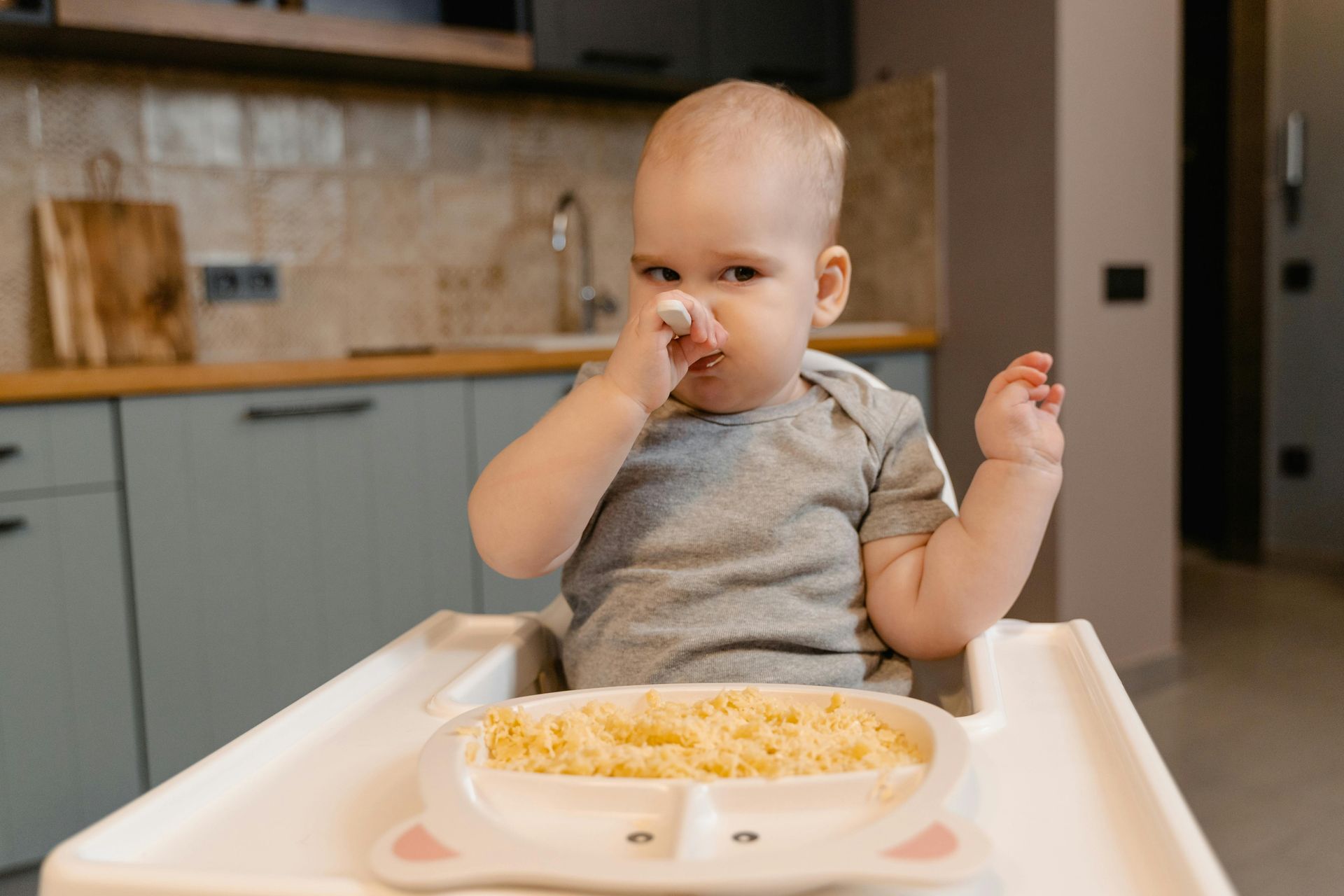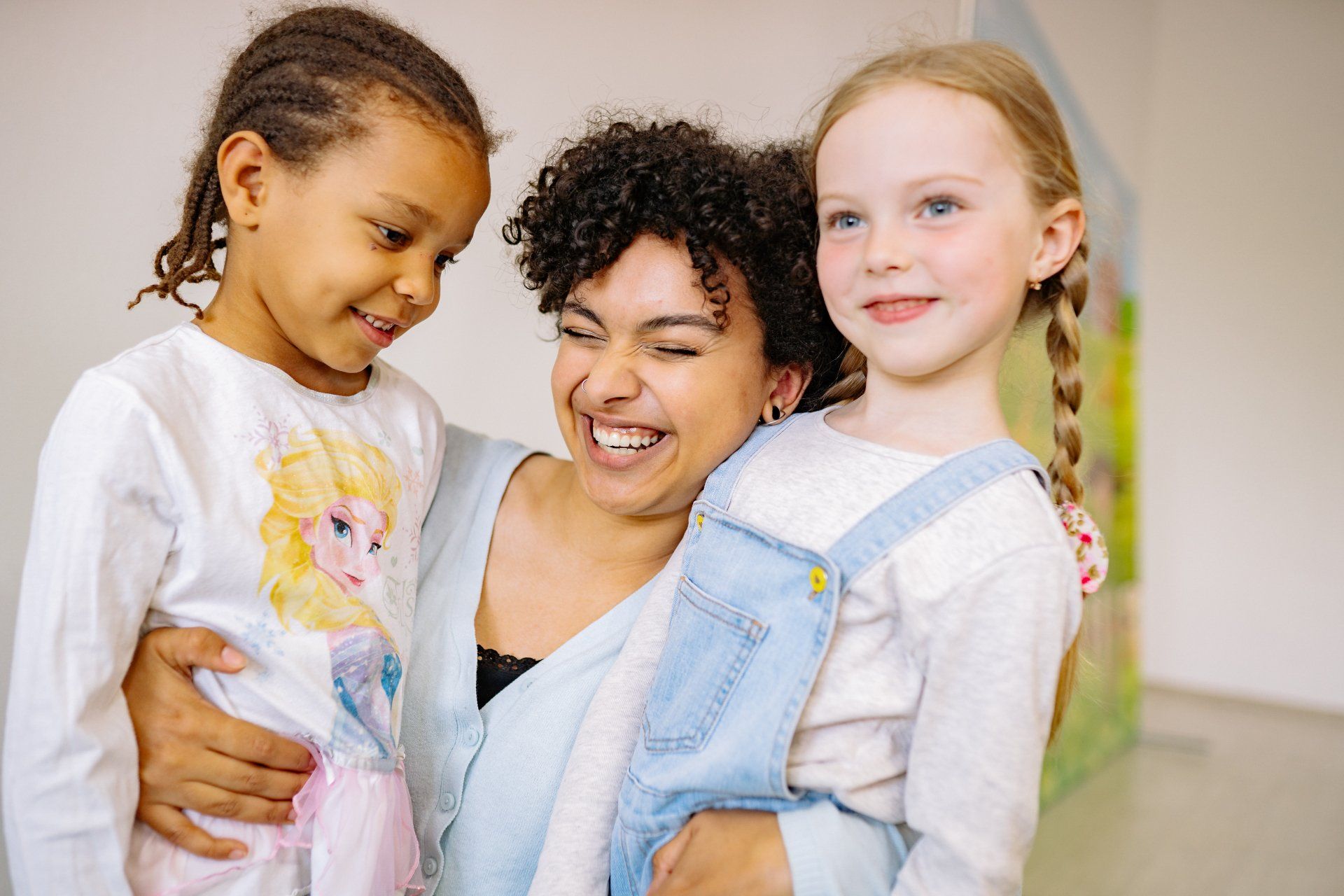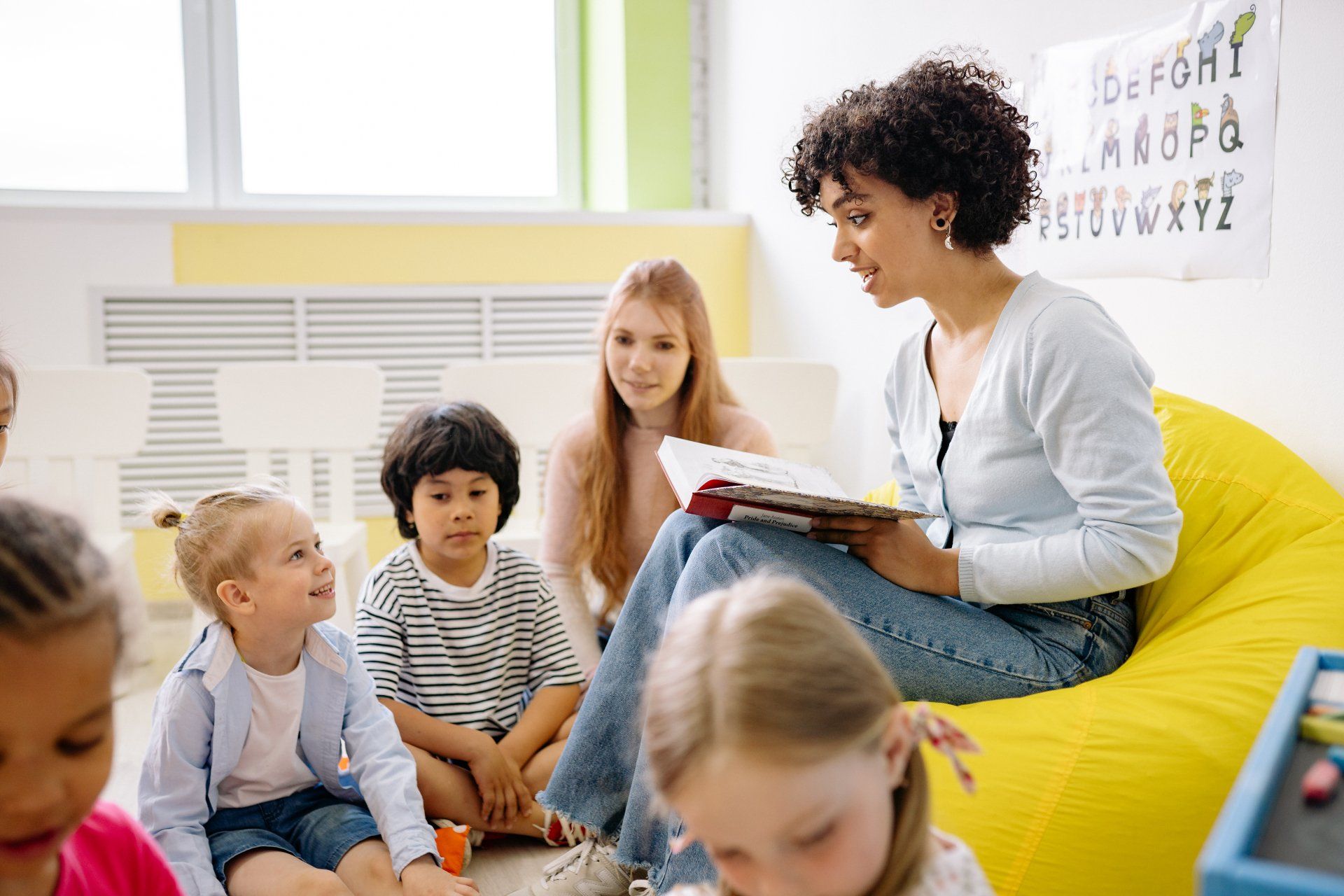Building Emotional Intelligence in Early Childhood
At Welbourne Avenue Nursery, we understand that academic learning is only one part of early childhood development. Equally important — if not more so — is the development of emotional intelligence. Emotional intelligence, or EQ, refers to a child’s ability to recognize, express, and regulate their emotions and empathize with others. Cultivating this skill set in early childhood sets the stage for lifelong mental health, social success, and resilience.
What is Emotional Intelligence?
Emotional intelligence includes five core components:
- Self-awareness: Understanding one’s own emotions.
- Self-regulation: Managing emotions in healthy ways.
- Motivation: Channeling emotions toward positive goals.
- Empathy: Recognizing emotions in others.
- Social skills: Interacting in ways that respect both oneself and others.
These are not innate traits. Like literacy and math, emotional intelligence can and should be taught — through modeling, practice, and guided reflection.
How We Teach Emotional Intelligence
Our educators are trained in intentional emotional guidance. We help children build emotional vocabulary, understand how feelings affect behavior, and learn techniques to manage those feelings constructively.
Some of our methods include:
- Emotion Cards: Visual aids help children identify and name feelings such as happy, sad, angry, or frustrated.
- Feelings Check-Ins: We ask children how they’re feeling during circle time and throughout the day.
- Calm Down Corners: A designated space with sensory tools, soft materials, and calming prompts where children can regroup.
- Storytelling & Books: We use age-appropriate stories that illustrate emotional situations, helping children build empathy and discuss feelings openly.
Helping Children Manage Big Feelings
Tantrums, outbursts, and tears are all natural in early childhood. Our role is not to suppress them but to support children in moving through them. We remain calm, validate their emotions, and offer strategies like deep breathing, counting, or seeking adult help.
We teach children that all emotions are acceptable, but not all behaviors are. For example, “It’s okay to be mad. It’s not okay to hit.” From this framework, children learn that feelings are temporary, manageable, and nothing to be ashamed of.
Modeling Matters
Children learn far more from what they see than what they are told. Our educators model emotional regulation in daily interactions, calmly navigating frustrations or conflicts and talking through their own feelings when appropriate. This consistent modeling teaches children how to respond to life’s challenges with self-awareness and control.
The Role of Play in Emotional Learning
Much of emotional development happens through play:
- Role play helps children act out and process emotional scenarios.
- Cooperative games teach teamwork and negotiation.
- Artistic expression offers a safe outlet for internal experiences.
Whether painting, pretending, or problem-solving together, children are building the social-emotional muscles they’ll carry with them for life.
Family Partnership
We regularly share strategies and insights with parents to ensure emotional learning continues at home. We encourage families to use similar language, validate feelings, and implement calm-down strategies as a team. Together, we create a consistent, emotionally intelligent environment that nurtures confidence and well-being.
